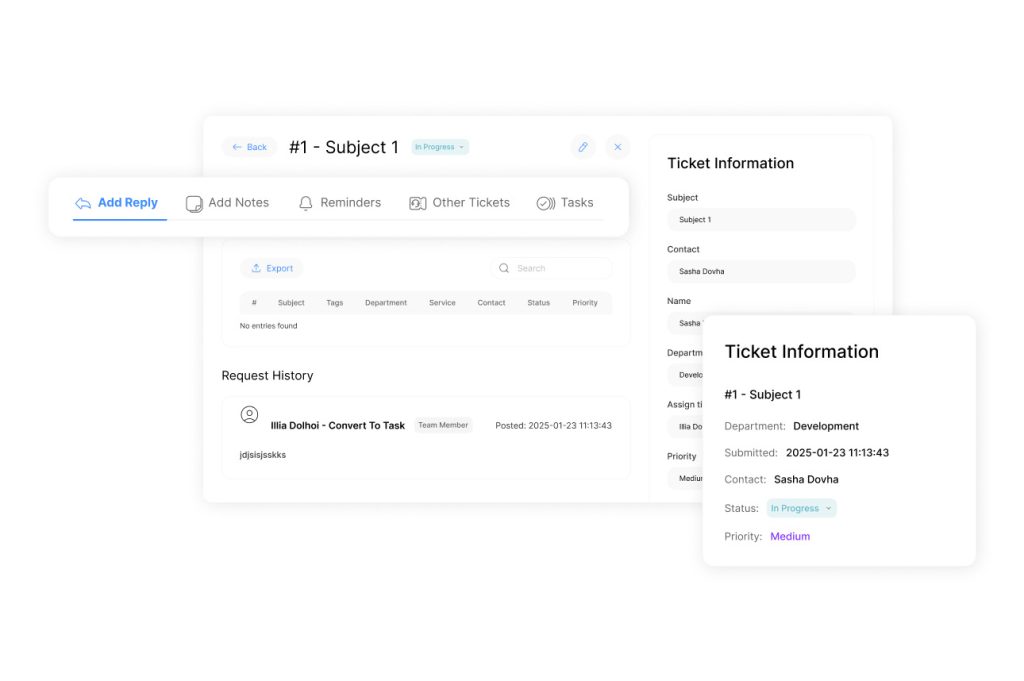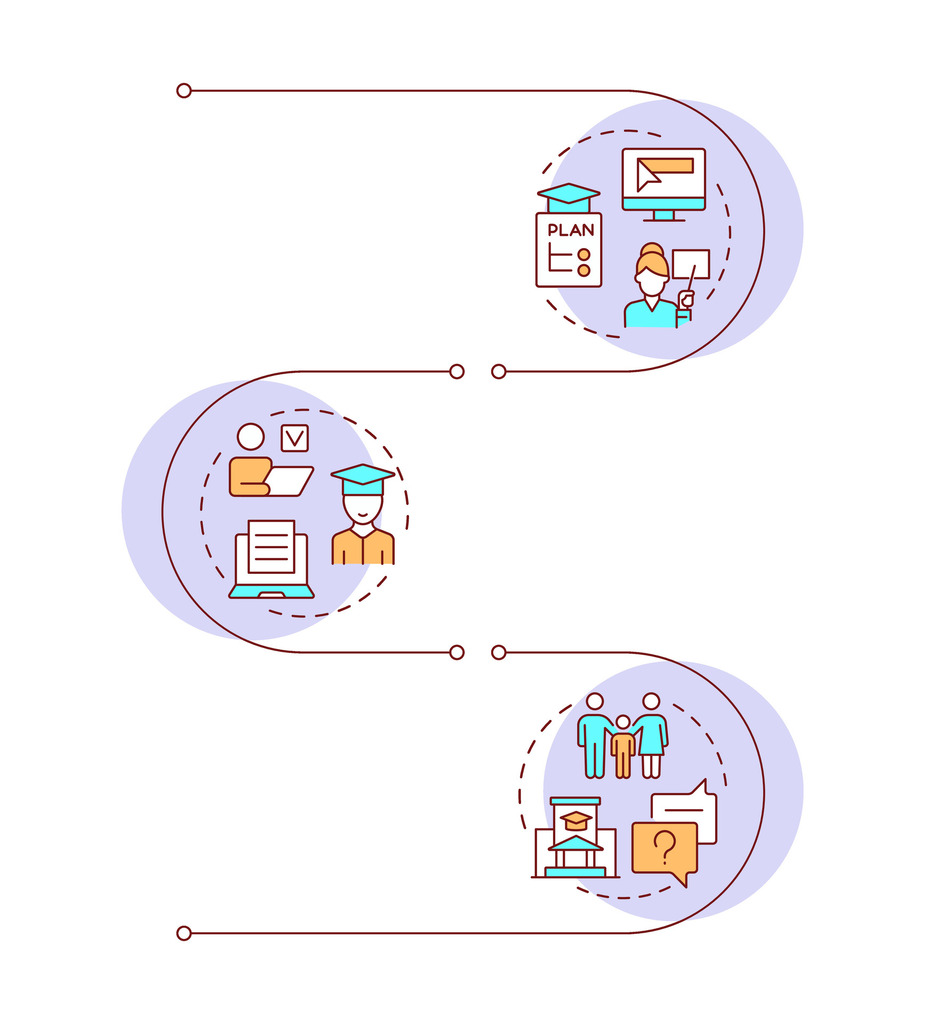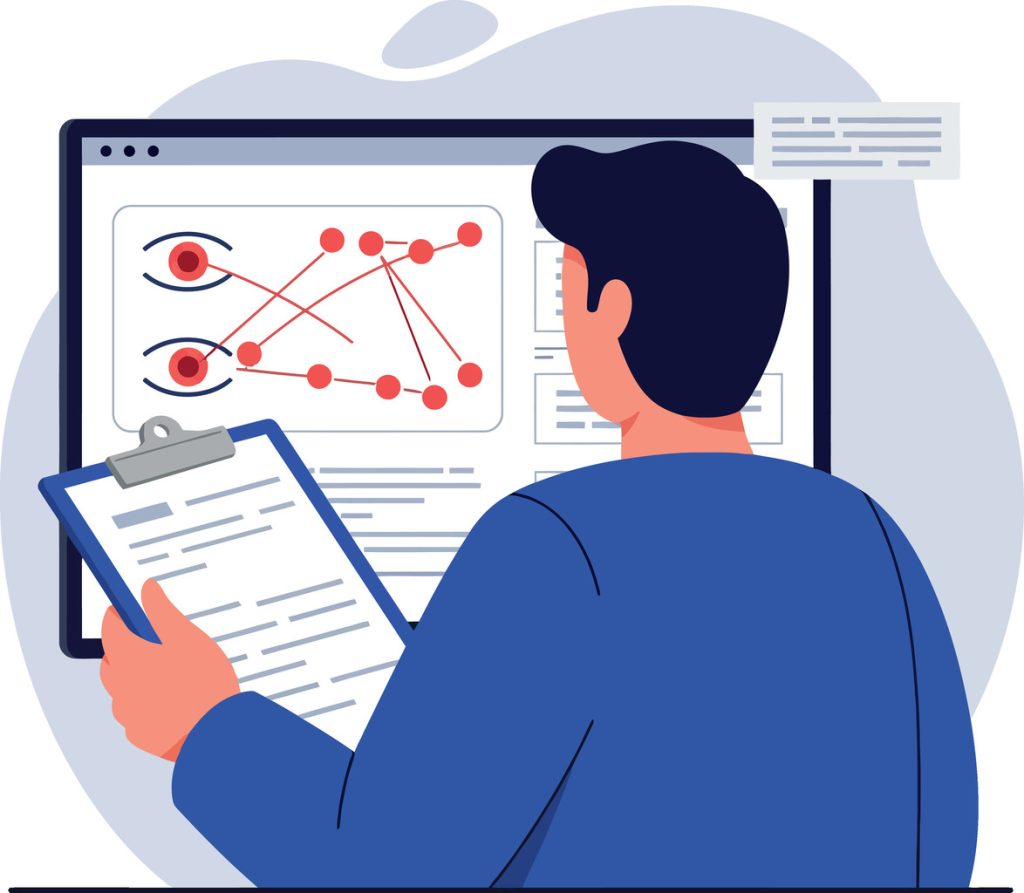Ticket Volume And Trends: A Guide to Effective Management

Managing customer inquiries effectively separates thriving businesses from struggling operations. Every email, chat message, and phone call represents both a challenge and opportunity to strengthen client relationships. Organizations balancing responsiveness with resource allocation unlock measurable improvements in satisfaction and efficiency.
Strategic analysis of inquiry patterns reveals operational blind spots and service gaps. Teams that track these metrics proactively adjust staffing levels and prioritize urgent cases. This approach prevents overwhelmed support channels while maintaining consistent response quality across all platforms.
Sophisticated tracking systems now enable predictive adjustments based on historical data and emerging patterns. Businesses leveraging these tools reduce resolution times by 30-45% while cutting operational costs. The correlation between inquiry management and customer retention proves particularly significant in competitive markets.
Forward-thinking companies integrate inquiry data with broader performance metrics. This holistic view supports smarter investments in training and technology upgrades. When executed well, these strategies create self-reinforcing cycles of improved service and stronger client loyalty.
Key Insights for Modern Operations
- Inquiry metrics directly impact client retention and operational costs
- Proactive tracking prevents service bottlenecks before they escalate
- Integrated data analysis supports smarter resource distribution
- Advanced tools enable predictive adjustments to staffing and workflows
- Effective management strengthens competitive positioning in saturated markets
Understanding Ticket Volume And Trends

Operational success hinges on decoding the rhythm of client interactions. Businesses that master this rhythm transform potential frustrations into loyalty-building opportunities. The key lies in dissecting two critical elements: inquiry quantity and its ripple effects.
What Drives Support Demand?
Client requests flow through multiple channels – emails, chats, calls. These interactions form measurable patterns revealing product adoption challenges and engagement opportunities. Technology firms often see 40% higher inquiry rates than retail sectors, reflecting complex solutions requiring guidance.
Three factors shape these patterns:
- Business scale: Larger client bases naturally generate more requests
- Product sophistication: Feature-rich tools require ongoing education
- Market dynamics: Seasonal promotions or updates create temporary spikes
Service Quality Connections
Response delays during peak periods erode trust. A 2023 Zendesk study showed 68% of clients switch brands after multiple slow replies. Efficient teams use historical data to predict surges, aligning staff schedules with anticipated needs.
Pro Tip: Implement automated triage systems to categorize urgent cases. This maintains resolution speed even when requests jump 150% during product launches. Regular analysis of interaction types helps identify recurring issues for permanent fixes rather than repeated troubleshooting.
Why Measuring Ticket Volume Matters
Mastering service metrics transforms customer assistance from reactive to strategic. Organizations that quantify client interactions gain actionable insights for optimizing workflows. This measurement creates alignment between operational capacity and customer expectations.
Setting Realistic Service Goals
Effective teams use historical data to define achievable targets. A retail company handling 500 daily queries might set a 10% monthly improvement in resolution rates. This approach balances ambition with practical performance benchmarks.
Clear goals prevent agent burnout while maintaining service quality. Teams tracking hourly response rates adjust workloads dynamically. Pro Tip: Combine quantitative metrics with qualitative feedback to refine objectives continuously.
Predicting Support Demand
Analysis of interaction patterns reveals predictable spikes. A SaaS provider might anticipate 60% higher requests after software updates. Resource allocation based on these forecasts prevents bottlenecks during critical periods.
Integrating external factors sharpens predictions. Marketing campaigns or seasonal shifts often correlate with support request surges. Teams using this tracking method reduce average resolution times by 22% during peak cycles.
Common Factors Influencing Ticket Volume

Organizations seeking operational excellence must decode the forces shaping client support needs. Multiple variables determine inquiry frequency, each requiring distinct management approaches. Proactive identification of these drivers enables smarter resource allocation and service improvements.
Product and Service Complexity
Sophisticated solutions naturally generate higher assistance requests. Software platforms with advanced features see 55% more inquiries than basic tools, according to 2024 TechCare research. Complex offerings demand:
- Detailed onboarding materials
- Multi-channel guidance systems
- Specialized agent training programs
Streamlining feature accessibility reduces repetitive questions. Teams implementing contextual help widgets report 28% fewer basic functionality queries.
Seasonal Fluctuations and Marketing Effects
Predictable demand spikes require strategic preparation. Retailers experience 120% higher assistance requests during holiday sales compared to off-peak months. Effective mitigation combines:
| Factor | Impact Level | Common Scenarios | Mitigation Strategy |
|---|---|---|---|
| Product launches | High | Feature confusion | Pre-release tutorials |
| Promotional campaigns | Moderate | Order tracking issues | Automated status updates |
| Market shifts | Variable | Competitor actions | Real-time FAQ updates |
Marketing-driven surges often correlate with specific inquiry types. Campaigns highlighting new features generate 40% more product usage questions within 72 hours of launch. Temporary staff augmentation paired with AI chatbots maintains response quality during these periods.
Best Practices for Efficient Ticket Handling
Superior service delivery requires balancing rapid resolution with strategic prevention. Organizations excelling in this area combine anticipatory actions with scalable self-help systems. This dual approach maintains service quality while optimizing resource allocation.
Proactive Support and Preventative Measures
Forward-thinking teams address issues before clients hit send. Monitoring usage patterns helps identify potential pain points. For example, companies sending preemptive maintenance alerts reduce related support requests by 42% according to Freshworks data.
Effective prevention strategies include:
- Monthly system health check notifications
- Video walkthroughs for upcoming feature changes
- Automated error detection with fix suggestions
These measures demonstrate commitment to customer satisfaction while decreasing repetitive queries. Teams implementing such systems report 35% faster resolution times for remaining cases.
Implementing Self-Service Resources
Modern customers expect immediate answers through preferred channels. A well-designed knowledge base handles 60% of routine questions according to Zendesk benchmarks. Key components include:
- Searchable troubleshooting guides with visual aids
- Interactive product tutorials
- Chatbot-led diagnostic trees
Integrating these resources across platforms ensures consistent response quality. Pro Tip: Analyze search terms in self-help portals monthly to identify gaps in content coverage. This practice keeps resources aligned with evolving customer needs while reducing team workload.
Combining prevention and self-service creates a virtuous cycle. Customers gain faster solutions, while support teams focus on complex challenges. This alignment drives measurable improvements in both efficiency and satisfaction metrics.
Analyzing Ticket Volume Data for Insights

Extracting value from customer interactions requires transforming raw numbers into strategic roadmaps. Organizations that master this conversion process uncover hidden opportunities to refine operations and strengthen client relationships. The right metrics act as compass points guiding teams toward measurable improvements.
Essential Metrics for Operational Excellence
Key performance indicators turn abstract data into concrete improvement plans. Categorizing requests by type – technical issues versus feature questions – reveals patterns needing attention. Teams tracking these categories reduce repeat inquiries by 19% through targeted knowledge base updates.
Resolution speed metrics highlight workflow efficiencies. Companies slashing average handling time by 25% see proportional jumps in satisfaction scores. First-response benchmarks prove equally critical – 73% of customers rate immediate acknowledgement as vital for positive experiences.
Customer sentiment analysis completes the picture. Regular CSAT surveys expose recurring friction points across service channels. Pro Tip: Combine quantitative metrics with verbatim feedback to prioritize system upgrades that address root causes rather than symptoms.
- Historical trend mapping predicts seasonal demand shifts
- Cross-platform data integration identifies workflow bottlenecks
- Automated reporting surfaces real-time insights for rapid adjustments
Forward-thinking teams use these key performance markers to allocate resources strategically. Predictive staffing models based on support patterns reduce overtime costs by 34% while maintaining response quality. This approach creates sustainable systems where satisfaction gains and operational efficiency reinforce each other.
Ticket Volume And Trends: Strategies for Improvement
Modern businesses transform support systems by combining intelligent technology with product refinement. Smart approaches reduce repetitive inquiries while enhancing client experiences. This dual focus creates sustainable operational improvements that benefit both companies and their customers.
Smart Technology Implementation
Advanced tools handle routine tasks efficiently. Chatbots with natural language processing resolve 43% of basic questions instantly, according to recent Salesforce research. Automated email systems provide immediate acknowledgments for common requests, reducing wait times.
| Tool Type | Impact | Implementation Time | ROI Increase |
|---|---|---|---|
| AI Chatbots | 40% faster resolutions | 2-4 weeks | 28% |
| Auto-Response Systems | 35% fewer repeat inquiries | 1-3 weeks | 19% |
| CRM automation solutions | 22% higher retention | 3-6 weeks | 34% |
Integrating CRM automation solutions ensures seamless handoffs between systems and human agents. This approach maintains personal touchpoints for complex cases while streamlining operations.
Product Development Alignment
Support insights drive meaningful upgrades. Teams analyzing inquiry patterns identify features needing clarification or redesign. Companies prioritizing these enhancements see 31% fewer related complaints within six months.
Effective alignment requires:
- Monthly review of top inquiry categories
- Cross-department collaboration workshops
- Real-time feedback loops with development teams
Organizations adopting this strategy report 27% faster product adoption rates. Continuous improvement cycles turn support data into competitive advantages, creating products that inherently reduce client confusion.
High Ticket Volume: Staffing and Resource Optimization

Scaling client assistance operations requires balancing workforce capabilities with strategic resource allocation. Organizations often misinterpret recurring request surges as purely staffing issues. Savvy leaders first dissect inquiry patterns to distinguish between temporary spikes and systemic problems needing structural solutions.
Assessing Team Capacity
Effective workload management starts with granular performance analysis. Teams should track both request quantities and complexity levels. A 2024 SupportBench study found 58% of service groups misjudge true workload by focusing solely on case numbers.
| Workload Factor | Impact Level | Optimization Strategy |
|---|---|---|
| Simple inquiries | Low | Chatbot automation |
| Technical issues | High | Specialist escalation paths |
| Repeat questions | Moderate | Knowledge base enhancements |
Real-time dashboards help managers redistribute tasks based on agent expertise. This approach prevents burnout while maintaining service standards during 300% seasonal spikes.
Building Team Expertise
Targeted training transforms good teams into exceptional ones. Role-specific workshops reduce average handling times by 19% according to recent ICMI data. Effective programs combine:
- Weekly troubleshooting simulations
- Product update deep dives
- Peer mentoring initiatives
Combined with workflow automation, these investments help teams handle 40% more complex cases without expanding headcount. Regular skills assessments ensure continuous improvement aligned with evolving client needs.
Methods to Reduce Ticket Volume in Customer Support
Businesses transform support systems by addressing inquiry root causes rather than just managing symptoms. Strategic interventions create lasting efficiency gains while empowering customers. Three approaches consistently deliver measurable reductions in case numbers without compromising service quality.
Preventative Problem-Solving Tactics
Anticipating issues cuts incoming requests at the source. Companies sending pre-launch tutorials for new features reduce related inquiries by 37% within 30 days. Automated system alerts notify users about potential disruptions before they escalate.
| Strategy | Impact Level | Implementation Example |
|---|---|---|
| Proactive Education | High | Video guides for upcoming feature changes |
| Automated Alerts | Moderate | Maintenance notifications via email/SMS |
| Product Optimization | High | Redesigning confusing interface elements |
Robust self-service resources handle routine questions effectively. Organizations with optimized knowledge bases deflect 52% of potential cases through article views. Interactive troubleshooting trees guide users to solutions in under 90 seconds.
Intelligent automation handles repetitive tasks seamlessly. Chatbots resolve 41% of basic inquiries instantly, freeing agents for complex issues. Combined with AI-driven email responses, these tools reduce manual workloads by 28% monthly.
Key Insight: Regular analysis of case patterns reveals systemic friction points. Teams updating resources quarterly maintain 19% lower inquiry rates than competitors. This cycle of improvement strengthens operational agility over time.
Conclusion
Organizations mastering inquiry management unlock lasting operational advantages. By aligning data-driven strategies with customer needs, businesses achieve measurable improvements in efficiency and client retention. The methods outlined demonstrate how proactive analysis and targeted solutions create sustainable service ecosystems.
Teams adopting these practices reduce repetitive workloads while strengthening brand credibility. Continuous refinement of processes ensures adaptability to market shifts and evolving expectations. Investments in intelligent tools and staff expertise yield compounding returns through faster resolutions and streamlined workflows.
Ultimately, effective inquiry handling transcends basic problem-solving. It builds trust through consistent responsiveness and anticipates client needs before they escalate. Companies prioritizing this balance position themselves for scalable growth in competitive landscapes.

